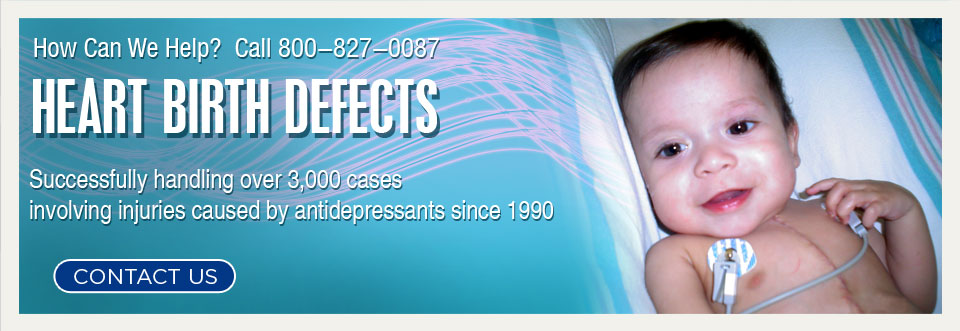Septal Defects

Overview
A septal defect is a cardiovascular birth defect that occurs when a hole develops in the wall (septum) of the heart. The septum separates the right and left sides of the heart. Septal defects can lead to the improper circulation of blood, making the heart work overtime.
Types
The two most common septal defects are atrial and ventricular.
-
Atrial septal defect (ASD) occurs when the wall that separates the upper heart chambers does not close effectively. The result is too much blood moving through the right side of the heart, which can put pressure on the lungs.
-
Ventricular septal defect (VSD) occurs when there is a hole (or holes) in the wall that separates the right and left ventricles of the heart. If the hole is big, too much blood will be pumped in the lungs, which often results in heart failure.
Signs and Symptoms
When the ASD or VSD is large, the most common signs that occur include:
- Difficulty breathing
- Heart murmur
- Frequent respiratory infections
- Paleness
- Failure to gain weight
- Fast heart rate
- Sweating when eating
Treatment
If the defect is large, the heart is swollen, or symptoms continue to occur, surgical closure of the defect is necessary.
Causes
Cardiovascular septal defects form while a fetus is in the womb. Experts believe that genetic factors could play a role in these birth defects. Experts also believe that environmental factors may also play a role. Scientific studies have linked the use of certain antidepressants during pregnancy and an increased risk of certain heart defects, including septal defects. |

